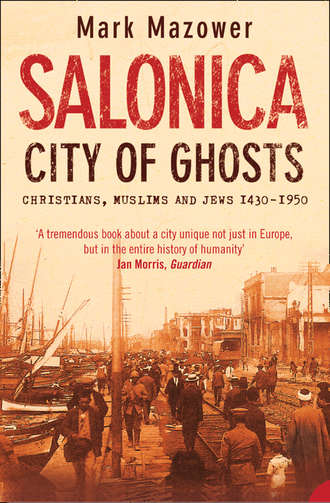Salonica, City of Ghosts: Christians, Muslims and Jews

Полная версия
Salonica, City of Ghosts: Christians, Muslims and Jews
Жанр: историческая литератураисторическая научная и учебная литератураистория Древнего мирасерьезное чтениеоб истории серьезно
Язык: Английский
Год издания: 2019
Добавлена:
Настройки чтения
Размер шрифта
Высота строк
Поля
Конец ознакомительного фрагмента
Купить и скачать всю книгу

